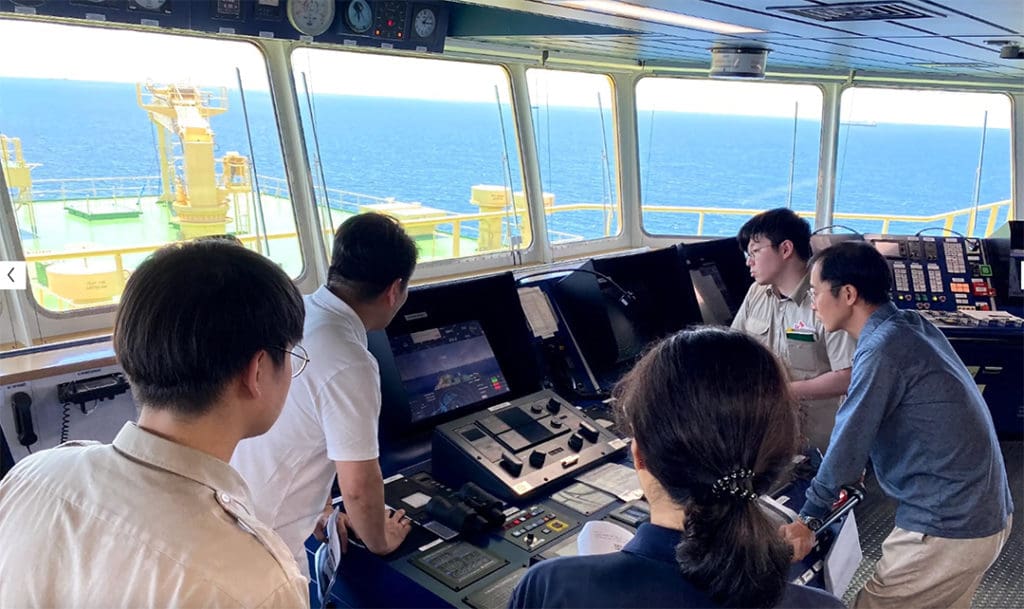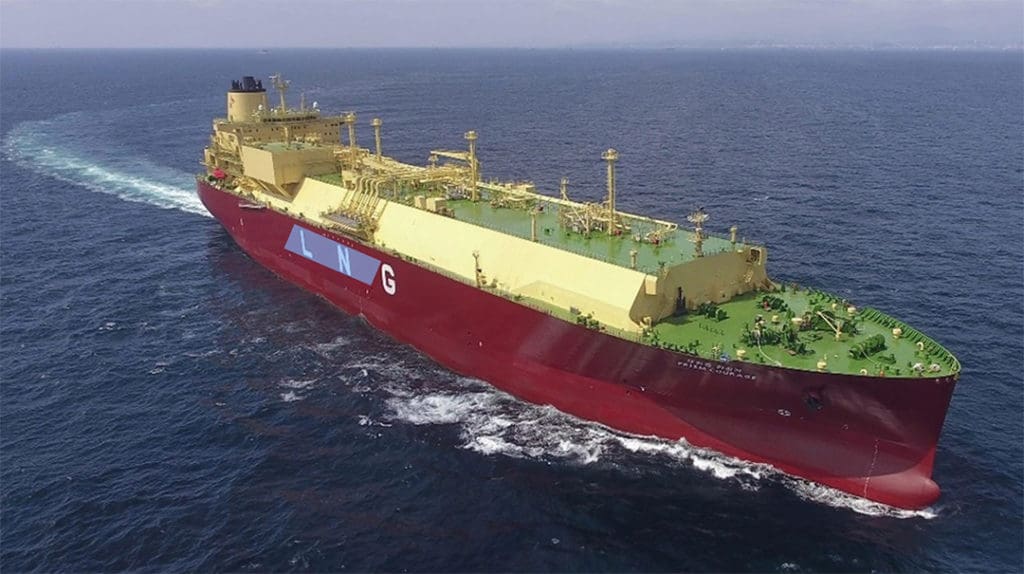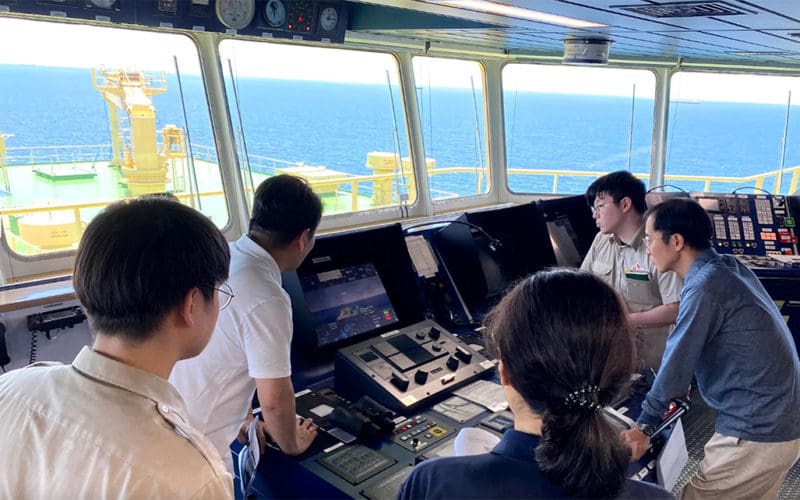
In early June one ship crossed half the Pacific Ocean and one ship crossed the entire Atlantic Ocean while not under command of a human captain. The success of these two very different artificial intelligence (AI) voyages has the potential to change not only the future of global shipping, but also the playing field for ocean-going recreational boats.
On June 5 after a 40-day passage from Plymouth, UK, Mayflower Autonomous Ship entered Halifax Harbor in Nova Scotia. Named after the original Mayflower to commemorate the 1620 pilgrim crossing, the new ship is powered by twin 20 kilowatt permanent-magnet electric motors instead of sails and uses solar panels and lithium ion-phosphate batteries to power its engines and computers. The brain child of Promare, a non-profit team of archaeologists and marine professionals, and IBM, the purpose-built vessel weighs five tons and is 49 feet long and 20 feet wide.
On June 2, Prism Courage, a 122,166 gross tonnage LNG carrier built in 2021 and owned by SK Shipping with length overall of 981 feet and breadth of 157 feet arrived in South Korea after a 33-day passage from the Texas coast of the Gulf of Mexico. It steamed half of its more than 12,000-mile voyage under the autonomous nav technology called HiNAS, developed by Avikas, a subsidiary of HD Hyundai.
Autonomous ships depend on the same kinds of tools as self-driving cars but have different challenges. While cars have to be constantly keeping their distance from other vehicles they don’t have to factor the physical environment around them (other than the road) in keeping their position and speed and direction of travel. We are used to boat autopilots steering a course that must be set by a human captain. An artificial intelligence captain also chooses and sets an optimal course but without human help, recognizing the surrounding environment, such as weather, currents and wave heights, and nearby ships, and then controlling the vessel’s steering commands in real-time.
AI systems collect information from cameras placed around the boat structures and a variety of sensors that gather data in the environment and also sense the boat’s position and attitude in three-dimensional space. The collected data is analyzed onboard using edge computing rather than being sent to offsite servers for analysis, and augmented reality technology is used to superimpose the information on images captured by the cameras, thereby enhancing rather than simply recreating the environment the ship moves through. The bridge of a ship under AI control looks strangely normal. Edge computing reduces the risk of the ship being hacked but doesn’t entirely eliminate security hazards.

These ships have shown they can increase fuel efficiency and possibly reduce the carbon footprint of shipping. They could also change what is shipped and to where and even affect the number of jobs available. As with most technological advances in the marine world, AI is likely to trickle down to recreational boats and someday your multi-function display may use augmented reality. For now, however, the immediate aftermath of their success is to provide one more potential hazard for ocean voyaging boats. The Mayflower Autonomous Ship was able to broadcast voice messages to other ships via VHF radio. The US Navy is working on a system which would allow its autonomous vessels to react to information relayed from other ships by voice command. Knowing one can communicate with an AI captain would provide some peace of mind for voyaging watch keepers.

